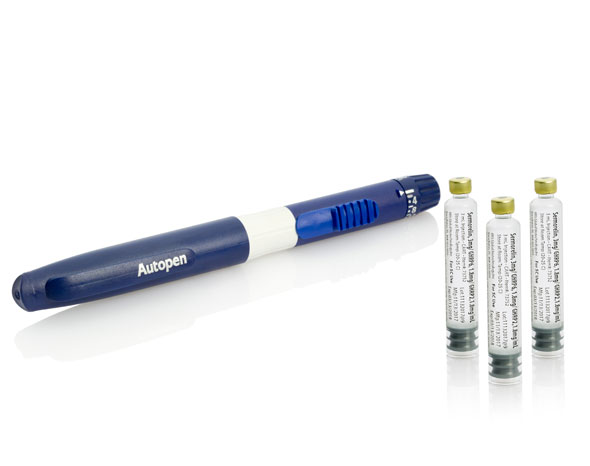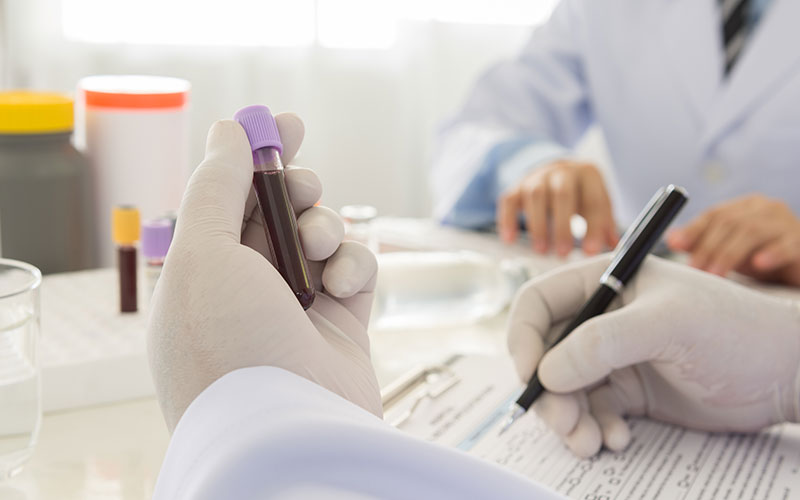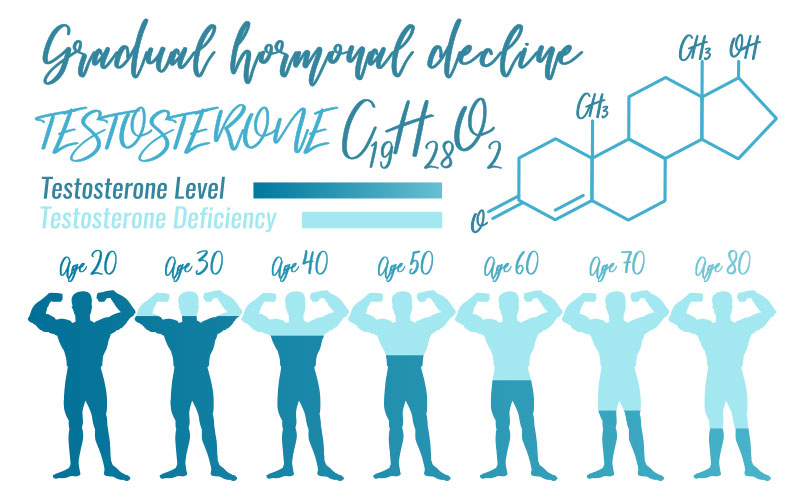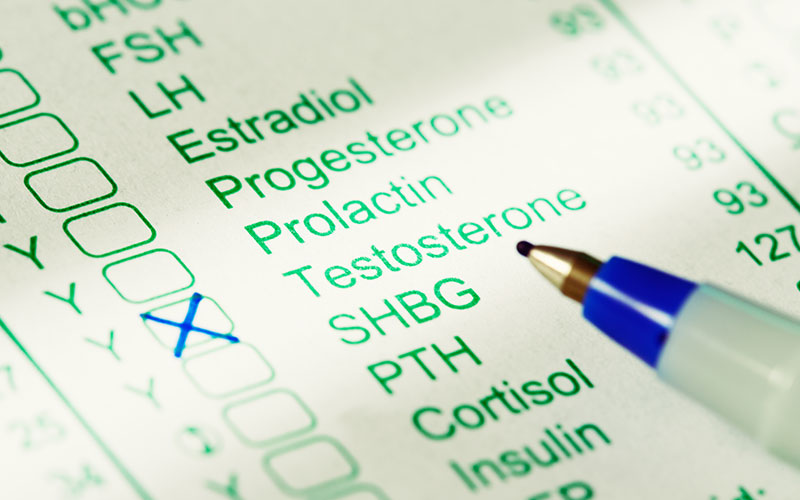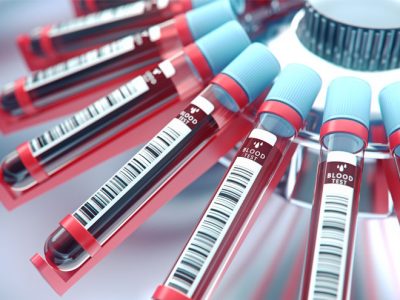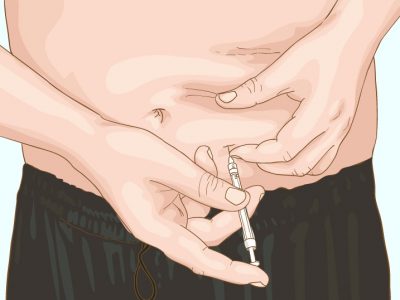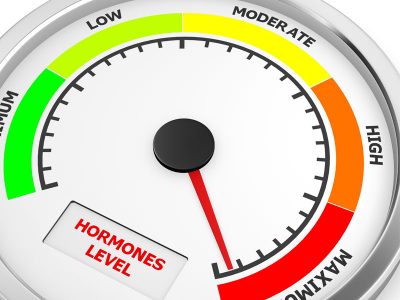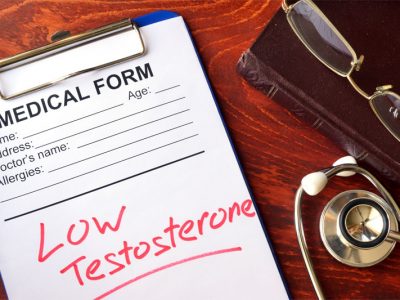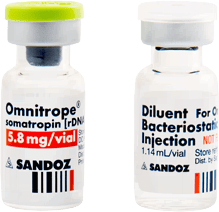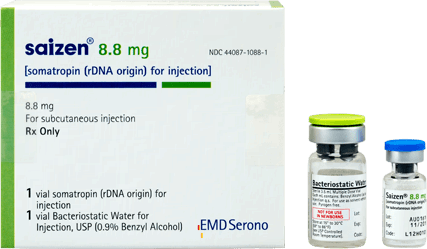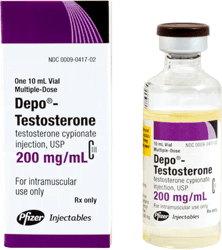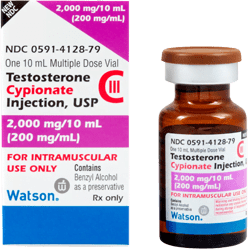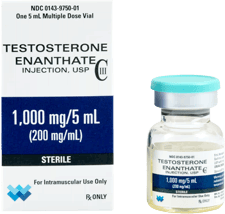- Home
- Growth Hormone
- Growth Hormone
- Growth Hormone Deficiency
- Growth Hormone Therapy
- Growth Hormone Injections
get startedThe Most Effective Hormone Replacement TherapiesBlood Test for Growth Hormone & Testosterone Levels
Both testosterone levels and your HGH levels are determined by blood tests.
Human growth hormone (HGH) and testosterone are critical hormones for both men and women. Both HGH and testosterone levels drop as we age. This drop results in age-related growth hormone deficiency (GHD) and/or low testosterone.
Blood tests are used to test for either growth hormone deficiency or low testosterone.
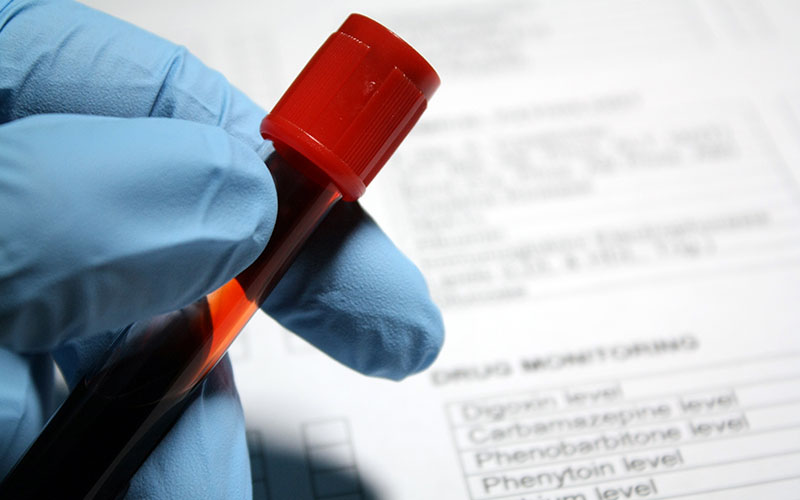
Blood Testing for Growth Hormone Levels
There are basically three reasons doctors will test for HGH levels:
- To diagnose a GHD
- To evaluate pituitary function
- To monitor whether treatment with Growth Hormone is adequate
What Is the Normal Growth Hormone Level for Adults?
HGH levels can fluctuate greatly throughout the day, so rather than specifying an exact “normal” HGH level for adults, doctor’s like to speak in terms of a range.
“Normal” hormone range can also vary with advancing age. Your doctor will always take that into account and assess the blood level accordingly.
Since we test for IGF-1 levels to evaluate your HGH production, the following chart (provided by LabCorp, our testing facility) gives the normal IGF-1 levels based on age and gender.
Normal ranges of IGF-1 are measured in nanograms per milliliter, abbreviated ng/mL. ng/mL is the unit of measure most commonly used to express drug testing cut-off levels and quantitative test results in urine and blood. A nanogram is 1×10-9 Grams.
AGE In Years Male (ng/mL) Female (ng/mL) 31 to 35 88−246 73−243 36 to 40 83−233 69−227 41 to 45 75−216 62−204 46 to 50 67−205 57−195 51 to 55 61−200 53−190 56 to 60 54−194 46−172 61 to 65 49−188 42−169 66 to 70 47−192 38−163 71 to 75 41−179 37−165 76 to 80 37−172 35−165 81 to 85 34−165 34−172 86 to 90 32−166 34−178 >90 Not established Not established By way of comparison, the following chart gives the so-called “normal” adult IGF-1 levels by another quality testing lab – Quest Diagnostics. Quest recognizes that it is only prior to age 18 that there is a significant difference in the normal ranges for males and females, so for adults, they do not differentiate males from females. However, by comparing to the chart above, you can see how the “normal” ranges differ.
This all speaks to just how complex determining what a normal level of HGH in adults is, and is exactly why we do not look at your age and decide what should be the normal range, rather we take everything into account – your age, gender, diet, symptoms, and lifestyle – to determine what should be the “normal” range for you. Once we determine what your unique optimal level is, we can tailor treatments that will get you in that zone, so you can perform at your personal best, regardless of your age.
AGE In Years (ng/mL) 30-39.9 Years 53-331 40-49.9 Years 52-328 50-59.9 Years 50-317 60-69.9 Years 41-279 70-79.9 Years 34-245 Over 80 34-246 HGH levels can fluctuate greatly throughout the day, so rather than specifying an exact “normal” HGH level for adults, doctor’s like to speak in terms of a range. The normal ranges also vary based on age and gender.
How Do We Test for Growth Hormone Levels?
Since your growth hormone levels can and do change throughout the day, instead of a test that measures the HGH level in your blood at any given time, we test for the level of IGF-1.
IGF-1 is an endocrine hormone produced by the liver that, along with growth hormone, helps promote normal bone and tissue growth and development. The IGF-1 test is used:
- To help diagnose growth hormone deficiency
- To sometimes diagnose growth hormone excess
- To evaluate pituitary function
- To monitor the effectiveness of treatment for excess or insufficient production of HGH.
During the test, a blood sample will be drawn from a vein in your arm. Since HGH levels fluctuate throughout the day, we do not test for HGH but rather IGF-1. IGF-1 mirrors HGH excesses and deficiencies, but the level in the blood is stable throughout the day, making it a more useful indicator of average HGH levels than testing for HGH.
Before performing specific HGH testing, if the IGF-1 level is found to be normal for age and sex, growth hormone deficiency (GHD) can be ruled out, and more definitive testing is not necessary.
We use LabCorp for all of our hormone tests. LabCorp is one of the world’s most respected life sciences companies and medical testing facilities. You can learn more about IGF-1 and the IGF-1 test by visiting the LabCorp website.
Evaluating Your Growth Hormone Test Results?
If the results of your HGH test or tests reveal that your growth hormone levels fall below the normal ranges for your age, weight, and gender, you may be a candidate for growth hormone replacement therapy.
Blood Testing for Testosterone Levels
Both men and women produce less testosterone the older they get. In some people, age-related testosterone decline is well-tolerated. In others, it can lead to the many debilitating systems of low testosterone.
If you are a man or woman over 40 and are feeling sluggish, worn-out, putting on weight, having cognitive difficulties, and/or are putting on weight – you may be suffering from low testosterone.
What Are the Normal Testosterone Levels for Men and Women?
The so-called "normal" testosterone levels for men and women change as you age. Also, depending on age, weight, overall fitness, and lifestyle, what is considered a normal testosterone level for one man, could be below for another. However, that having all been said, the normal range of testosterone levels for adult men is from about 270 to 1070 nanograms per deciliter (ng/dL).
The normal range for women of age 19 and up is from 8 to 60 ng/dL.
The following graphic illustrates the decline in testosterone levels in men as they age.
How Do We Test for Testosterone Levels?
If your doctor suspects that you have low testosterone, he or she will most likely run a blood test that tests for your total testosterone. The normal testosterone ranges mentioned above are based on your total testosterone level. Most of the testosterone in your bloodstream is what is known as "bound" testosterone, and a smaller percentage exists in the bloodstream as "free" testosterone. "Total testosterone" refers to all of the testosterone in your blood at a given time.
Sometimes, depending on the results of your initial testosterone test, as a follow-up to a total testosterone test, your doctor may order a free testosterone test.
The following chart illustrates the normal total testosterone levels for men and women by "Tanner Stage" and age. The Tanner Scale breaks down the observable signs of puberty into five stages, running from Stage I from about age 10 to Stage V at 15 for boys and about age 8 to 15 for girls.
Tanner Stage Male Female Testosterone
(ng/dL)Testosterone
(ng/dL)I <3 <3−6 II <3−432 <3−10 III 65−778 <3−24 IV 180−763 <3-27 V 188−882 5−38 Adult Male Adult Female >18 y: 264-916 20 to 49 y: 8−48 >49 y: 3−41 Source: LabCorp
By way of comparison, the following chart gives the so-called “normal” testosterone levels by another quality testing lab – Quest Diagnostics. Quest does not use the Tanner Scale but rather indicates the normal ranges for males and females by age.
However, by comparing to the chart above, you can see how the “normal” ranges differ.
This all speaks to just how complex determining what a normal total testosterone level in adults is, and is exactly why we do not look at your age and gender alone and decide what should be the normal range. Rather we take everything into account – your age, gender, diet, symptoms, and lifestyle – to determine what should be the "normal" range for you. Once we determine what your unique optimal level is, we can tailor treatments that will get you in that zone, so you can perform at your personal best, regardless of your age.
1-5 Years ≤5 ≤8 6-7 Years ≤25 ≤20 8-10 Years ≤42 ≤35 11 Years ≤260 ≤40 12-13 Years ≤420 ≤40 14-17.9 Years ≤1000 ≤40 ≥18 Years 250-1100 2-45 Source: Quest Diagnostics
How to Prepare for the Test
There is no special preparation required for either a total testosterone test or a free testosterone test. However, tell your doctor about any medications or supplements you may be taking, as some medications and/or herbal supplements could affect the results of the test.
Evaluating Your Testosterone Blood Test Results
If the results of your testosterone blood tests indicate that your testosterone levels are below the normal ranges for your age, weight, and gender, you may be a candidate for testosterone replacement therapy.
What to Do If I Have Low Testosterone?
If the results of your testosterone testing indicate that you have Low-T, depending on your presenting symptoms and medical history, your doctor may prescribe testosterone injections. While testosterone therapy can be given in other forms, our doctors have found that testosterone injections are the safest and most effective form of testosterone therapy.
Now that you know more about how we test for HGH and testosterone levels, why not contact us today and learn more about the many benefits both men and women can receive from testosterone replacement therapy or growth hormone therapy.
read this next
Hormone Testing – Blood Testing for Hormone Levels
The hormone tests used by Kingsberg Medical are designed to detect hormone imbalances, and specifically your levels of testosterone and human growth hormone. We…read moreWhat You Need to Know About Growth hormone Injections
There are many myths and misunderstandings about human growth hormone, or HGH. Here are some of the facts you need to know about growth…read moreWhat Is the Normal Growth Hormone Level for Adults
Growth hormone, or HGH, is one of the most important pituitary hormones. HGH is a vital regulatory hormone responsible for growth in children and…read moreHow to Qualify for Testosterone Replacement Therapy
Are you over 40? Are you: Feeling more tired than usual? Putting on weight and having trouble taking it off? Finding it difficult to…read more - Growth Hormone Therapy






